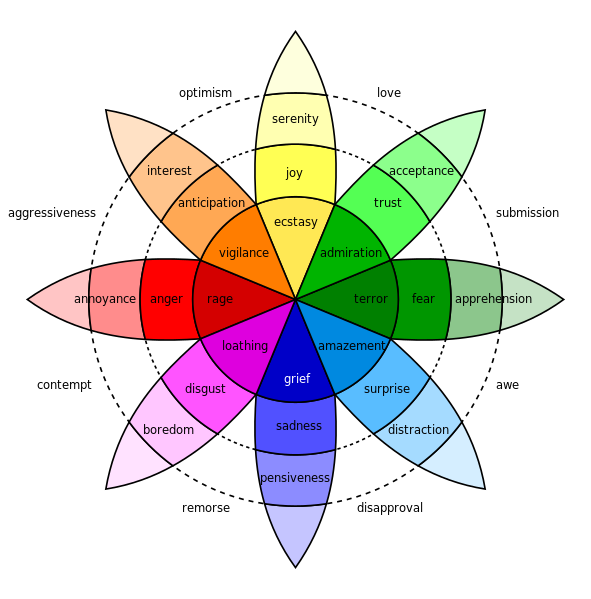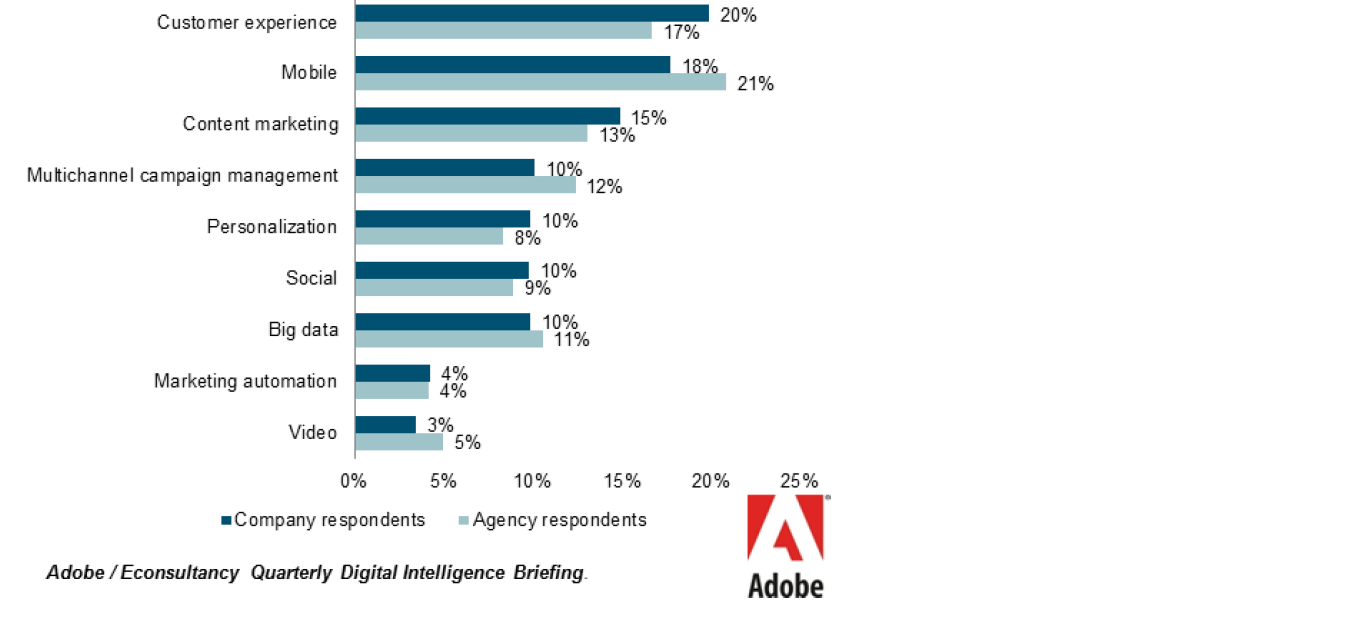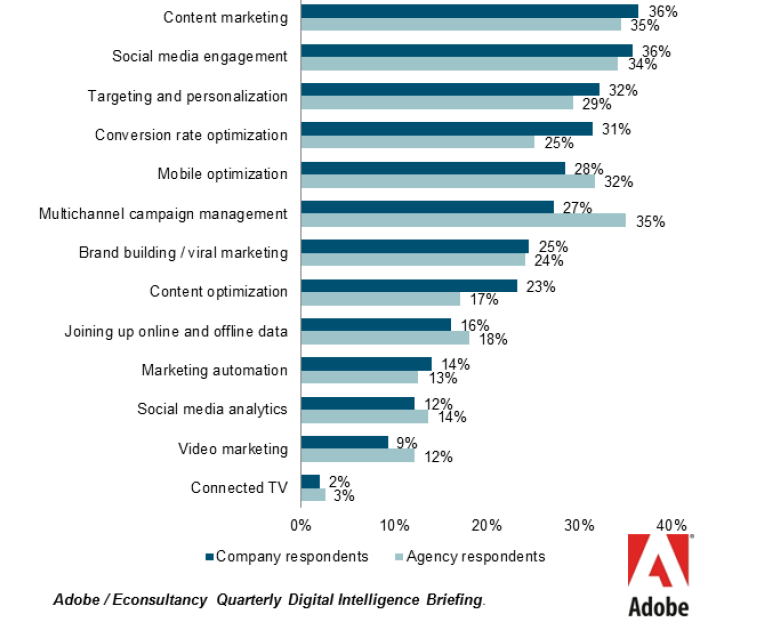Edward Snowden has come up once again to our attention when he featured as a speaker before two prominent technology conferences: SXSW and TED, this March. The world’s most famous whistleblower has said it before, but reiterated it for the SXSW crowd, that end-to-end encryption would go a long way towards protecting user data from both spying and attackers but it will never be completely effective, no matter how hard we would try.
He, once again regarded the data harvesting that happens against our willing in companies over our emails or files in order for us to be served with the best commercials. Normally the process of data encryption is used by many services at either end of communication but often companies decript once more the data along the transmission in order to interact with user’s feelings.
There are available on the web encryption tools like TOR and PGP (pretty good protection) but they are well known for the difficulties they impose to non technical people along installing and using them. On top of this it has been straight stated that if your government wants to investigate your data it can do so, encryption is only one inconvenience over mass data gathering over users.
In the end we remind you that Snowden revealed compromising data about the United States government, including about their mass data mining program known as PRISM whose purpose is to gather data from all media sources. It is approximated that PRISM is responsible for 91% of all the NSA’s traffic. Another program revealed was XKeyscore, initially used by the united states but previously shared with numerous other governments in order to have a worldwide look over the internet searches and traffic.






